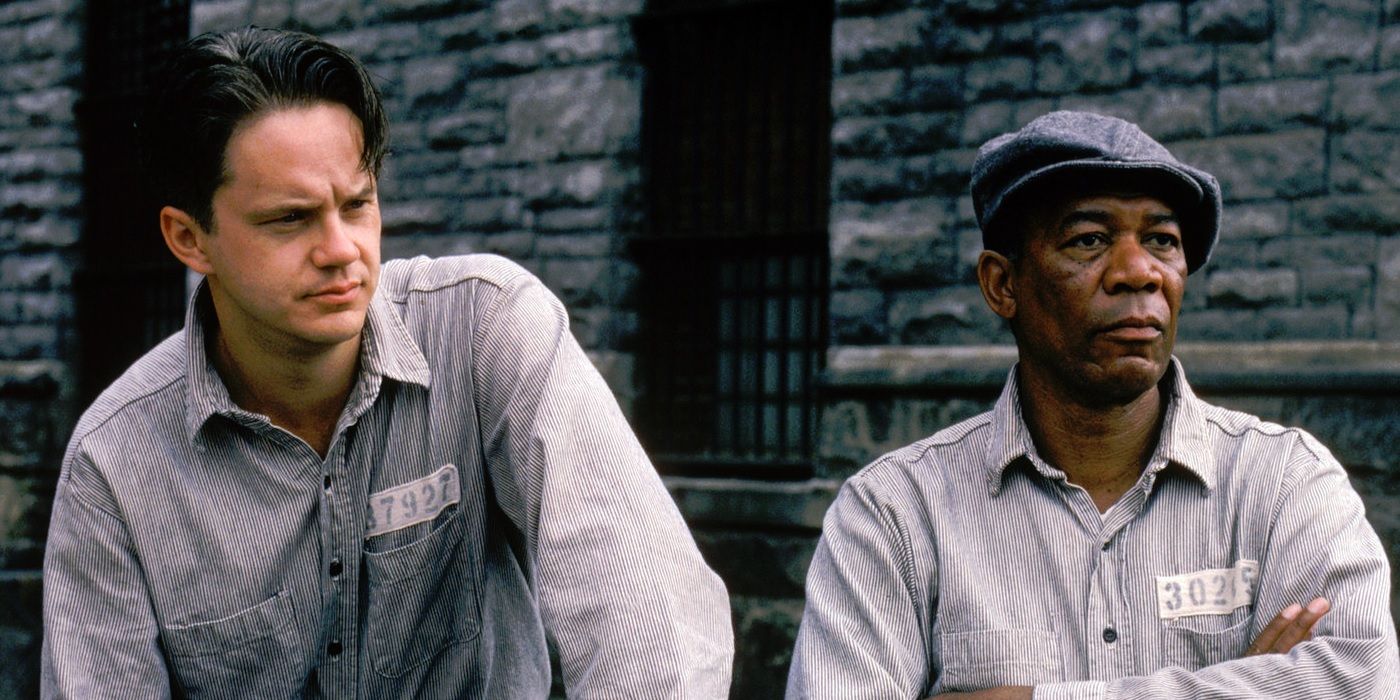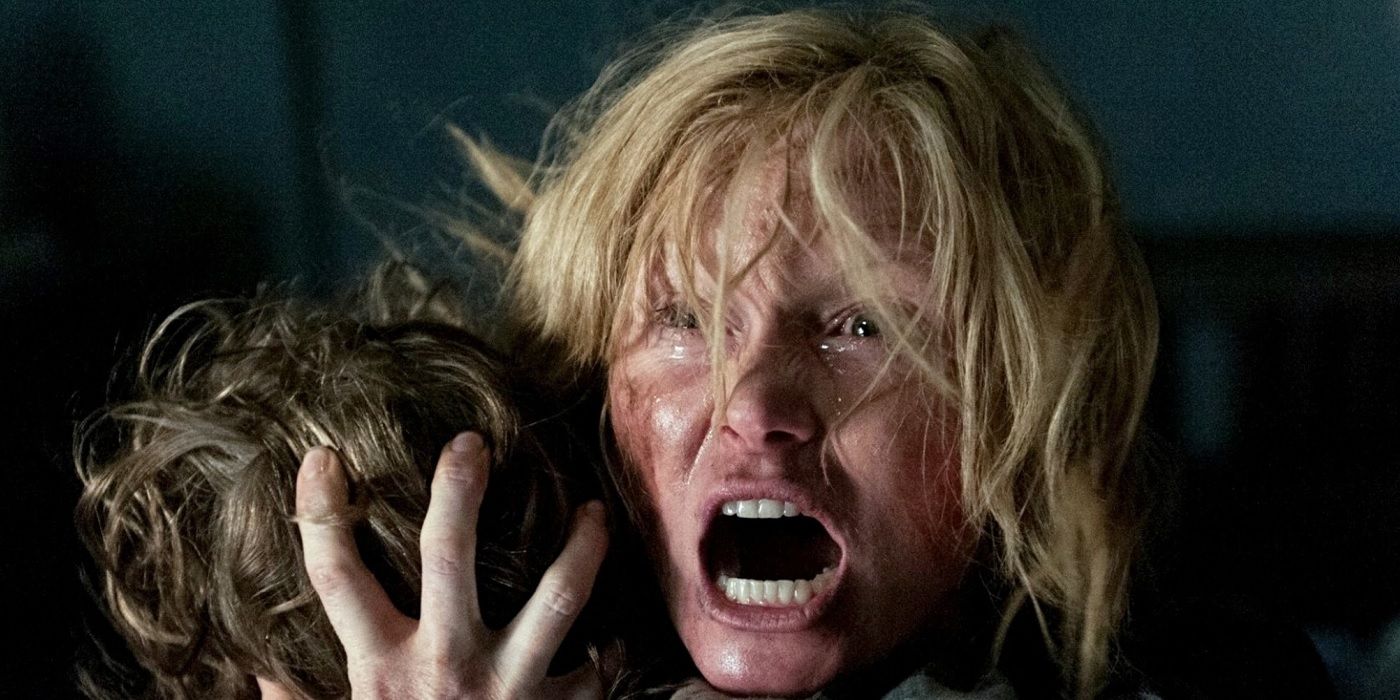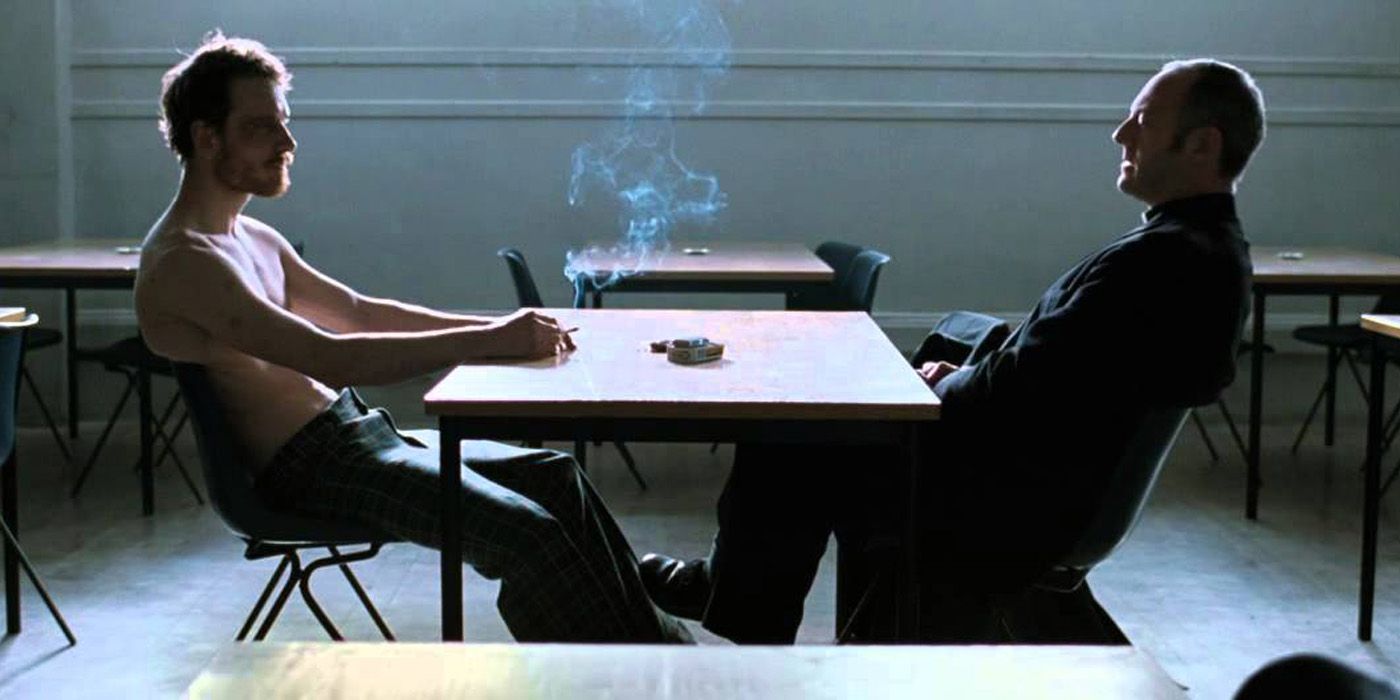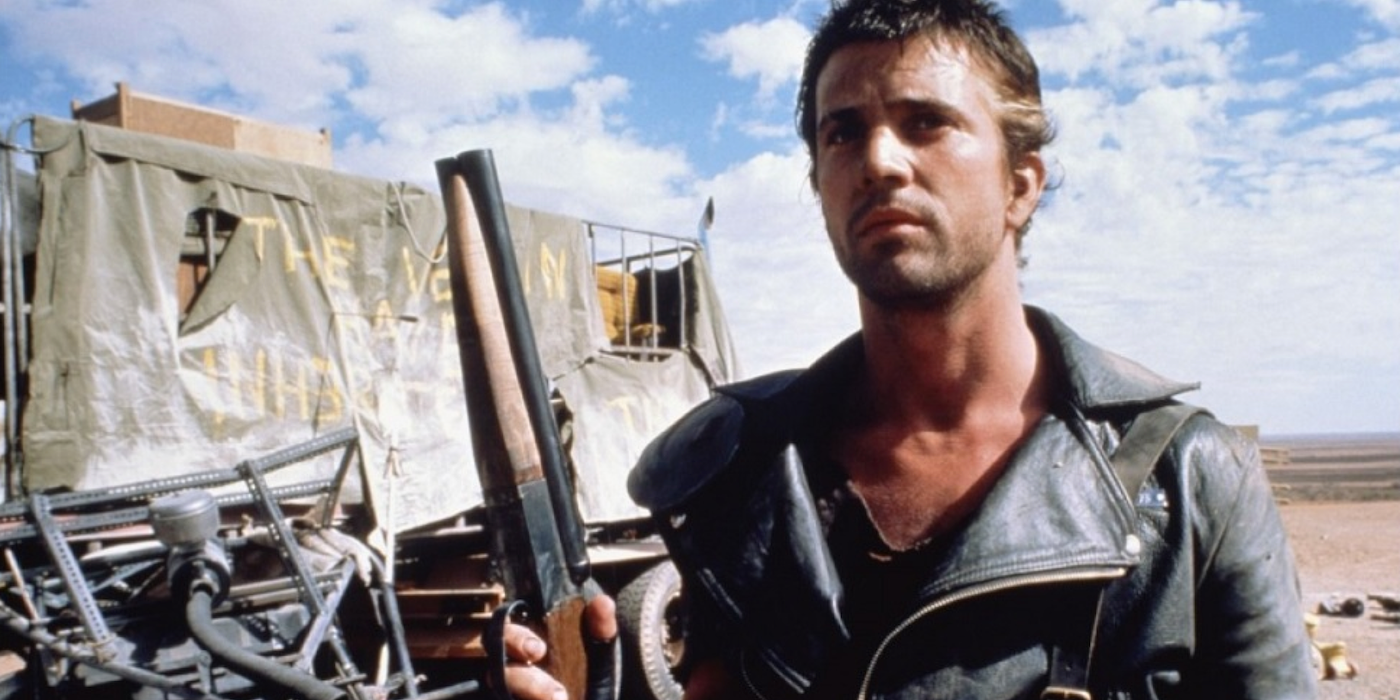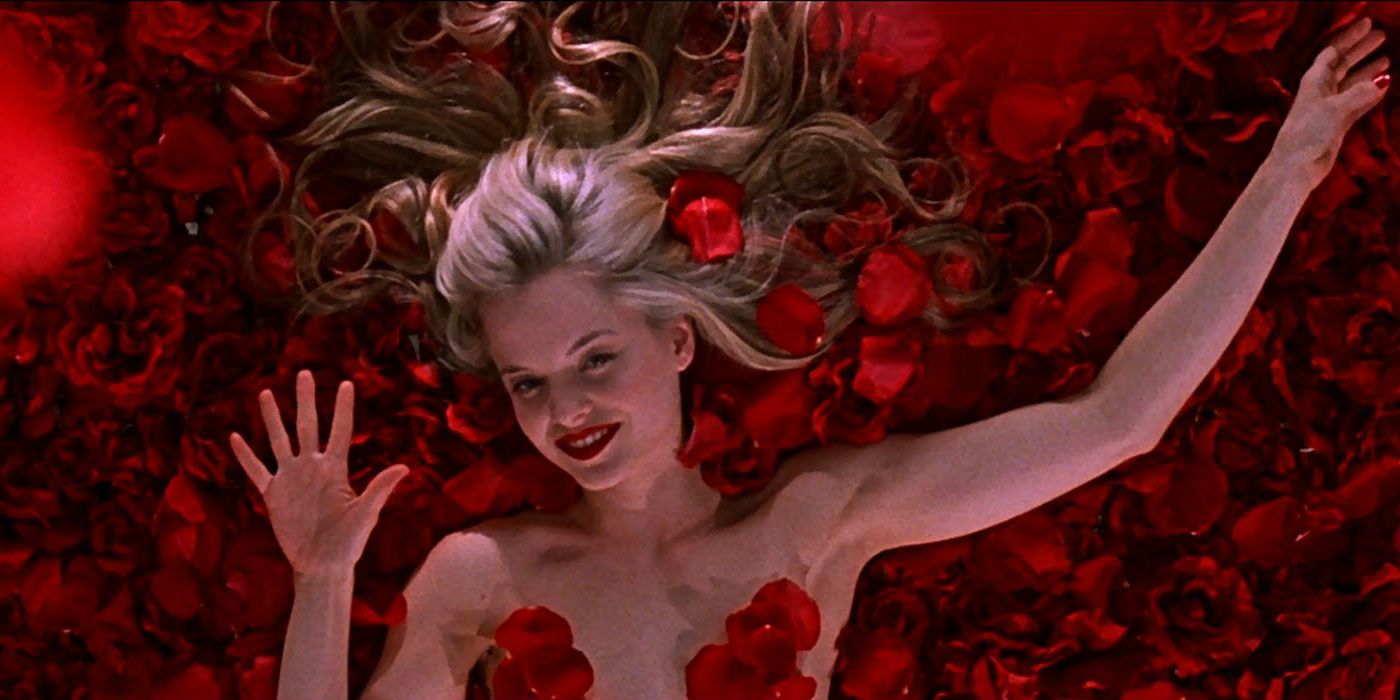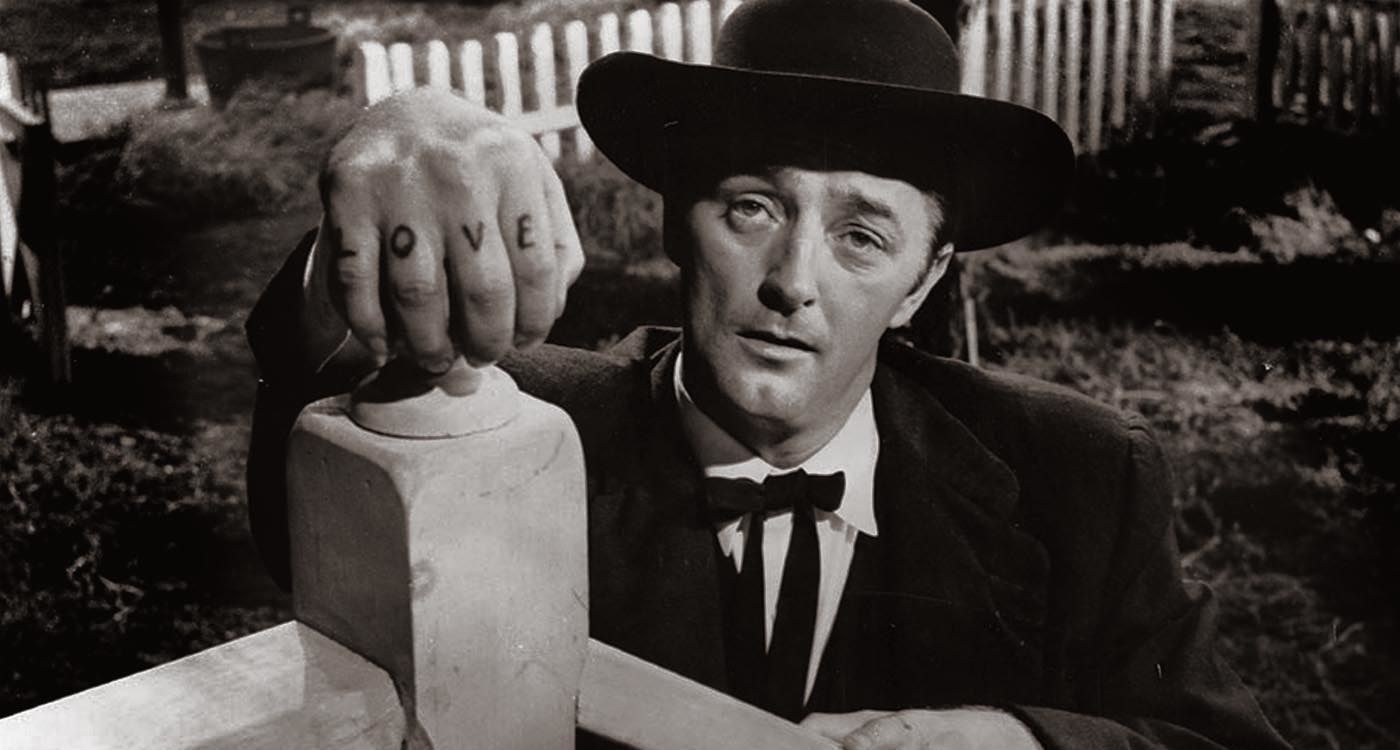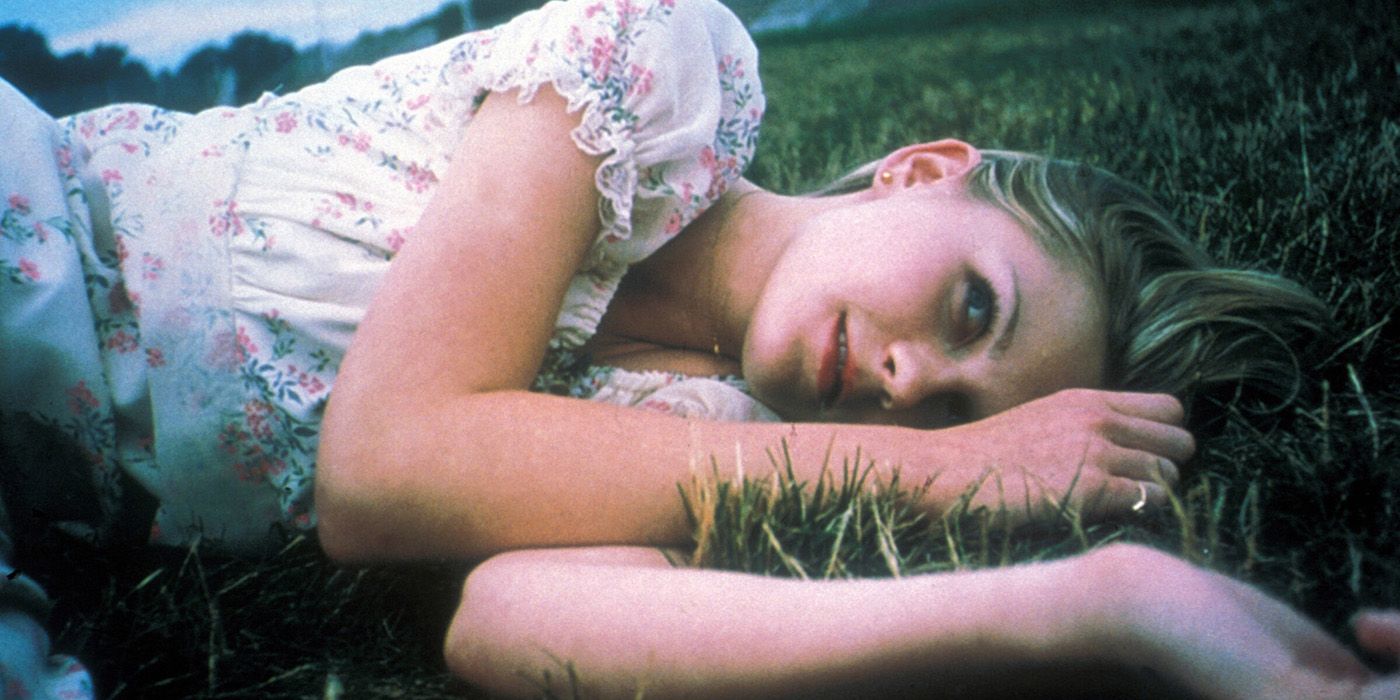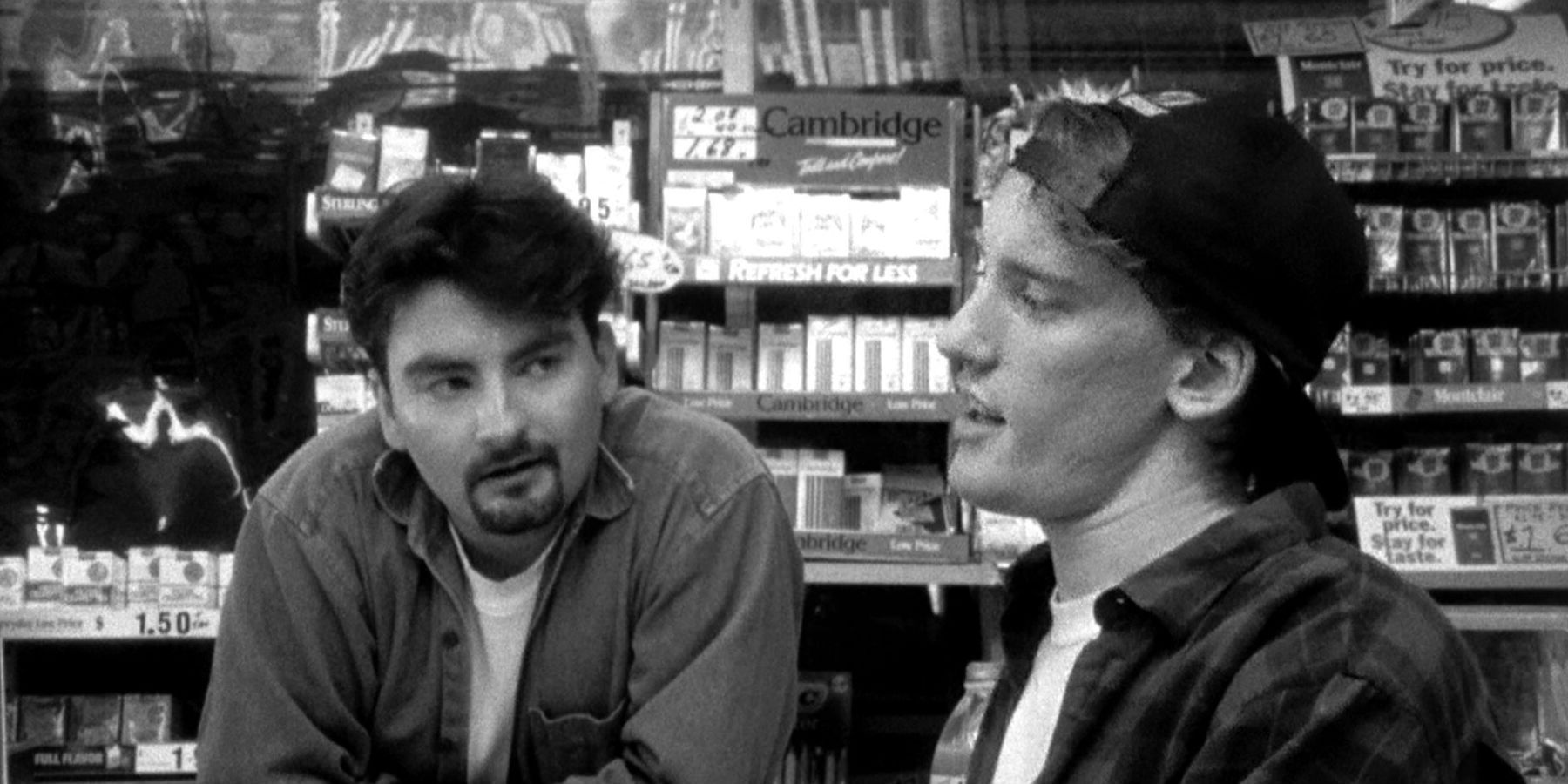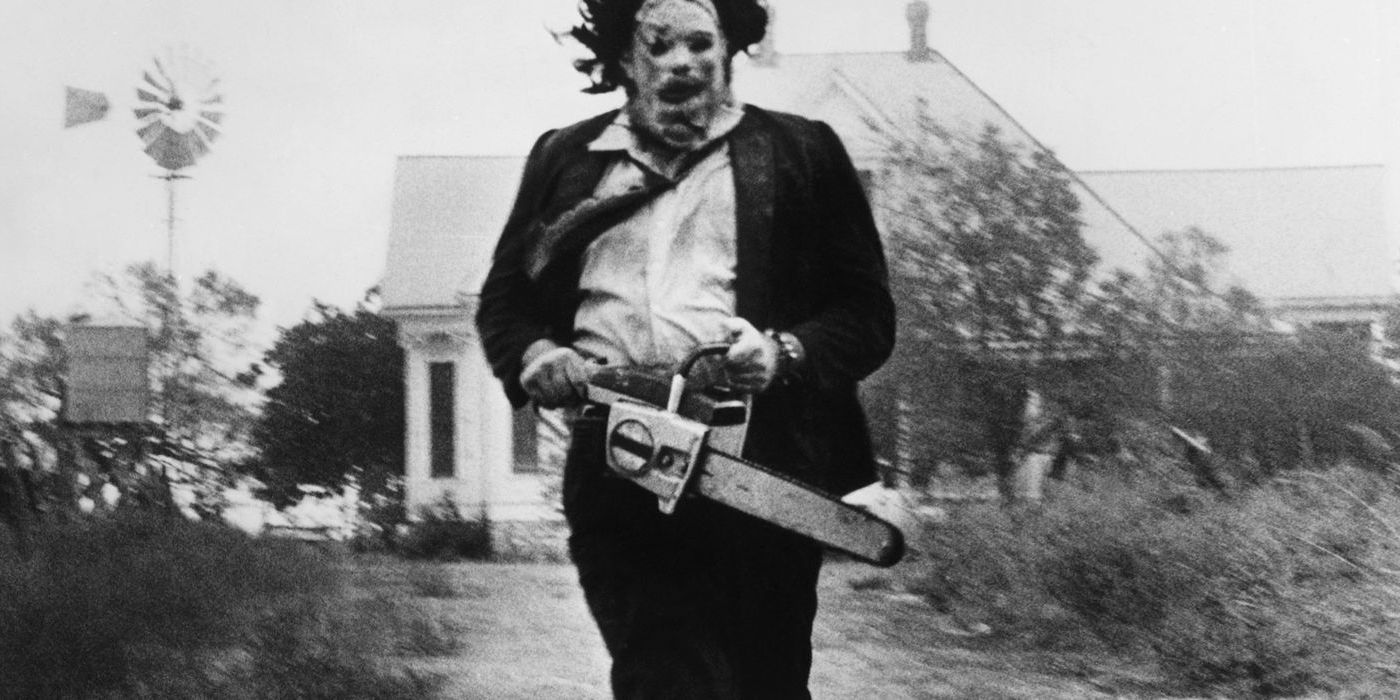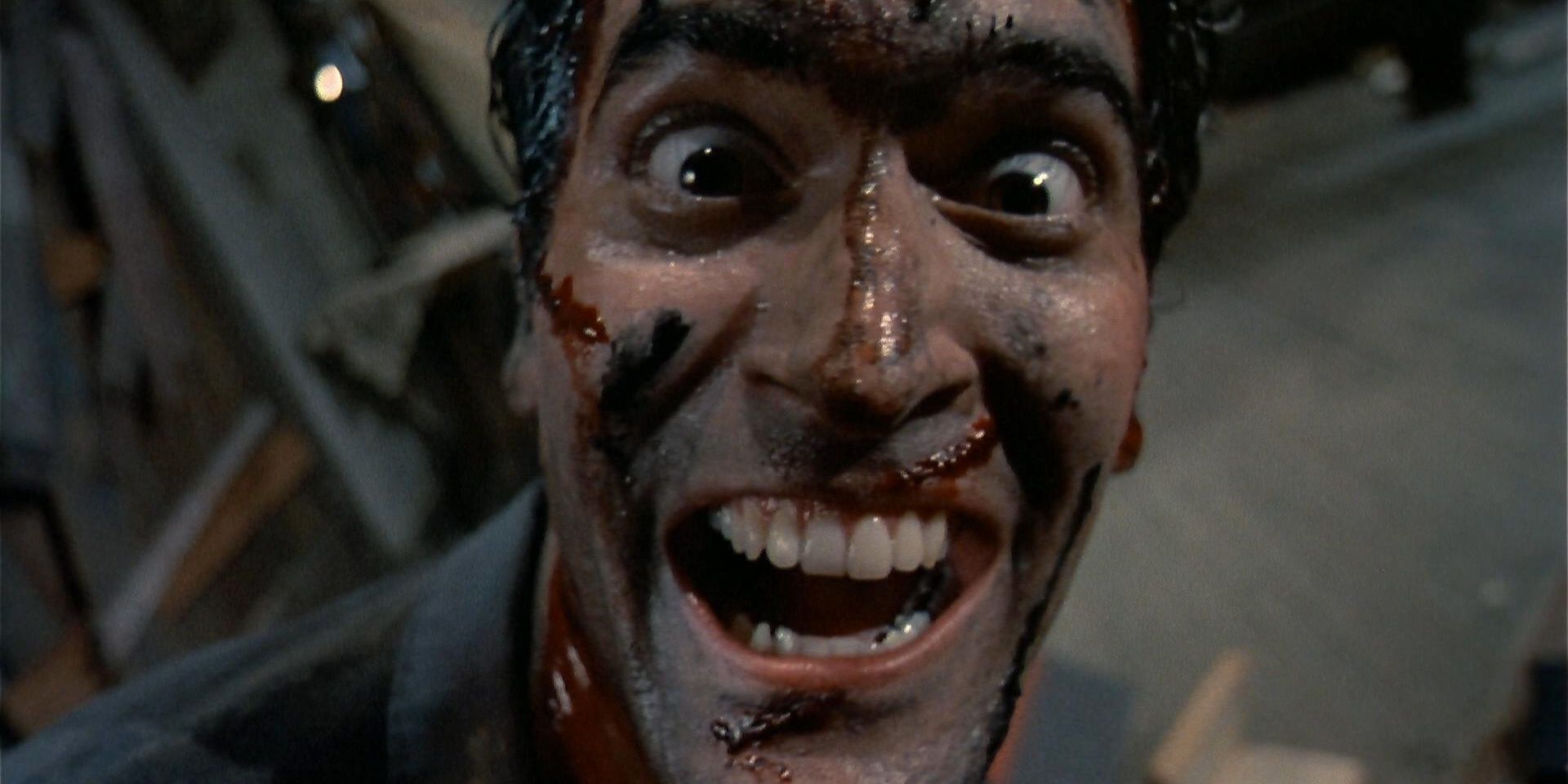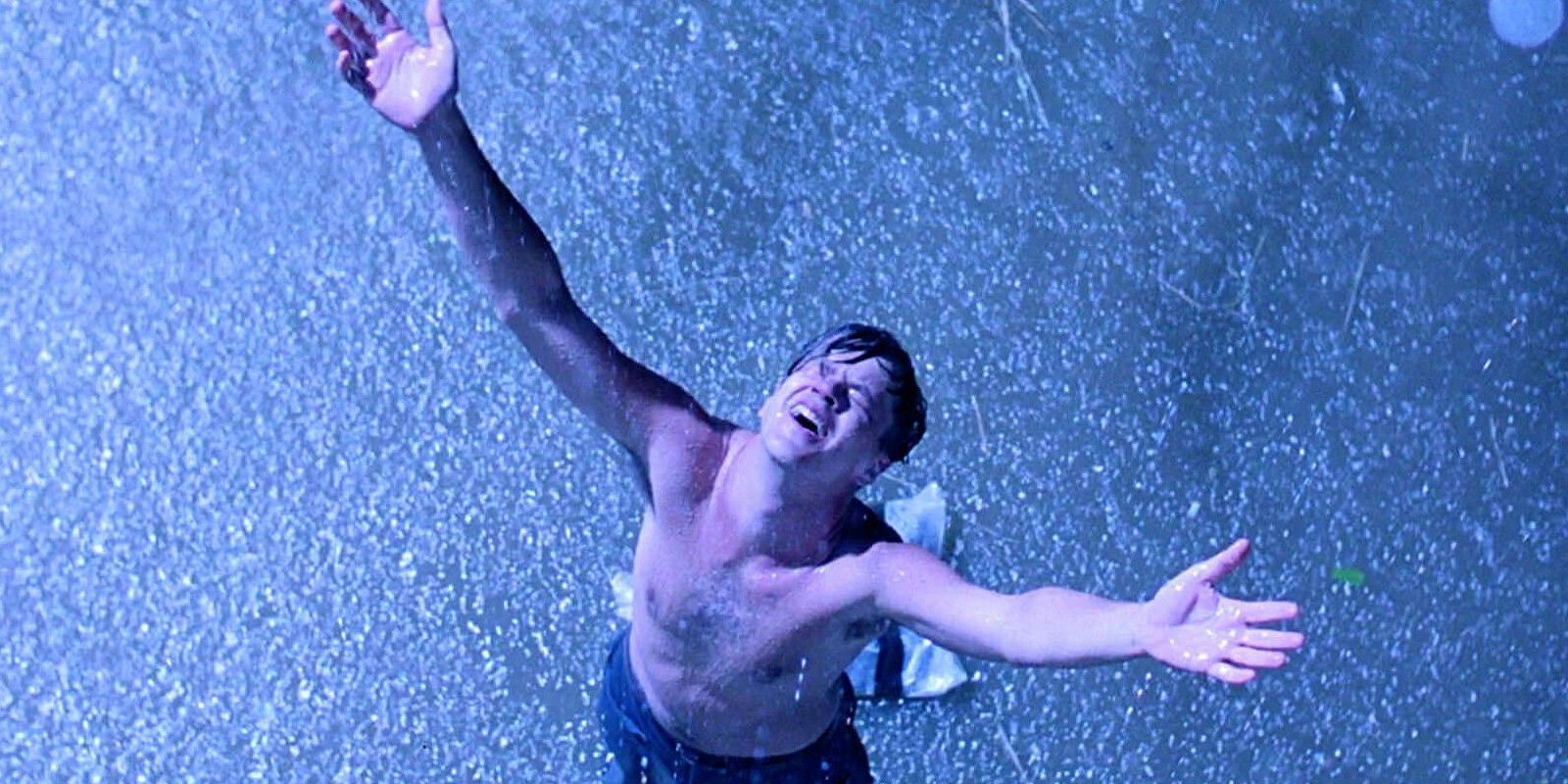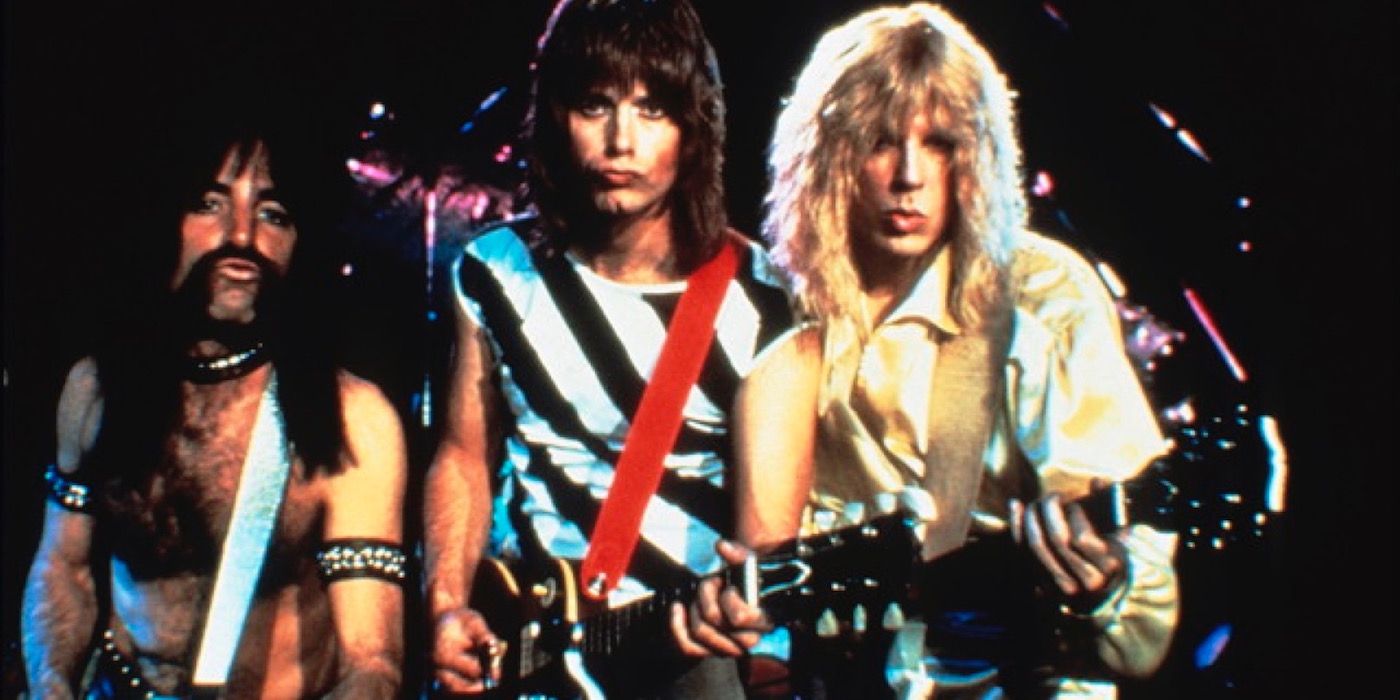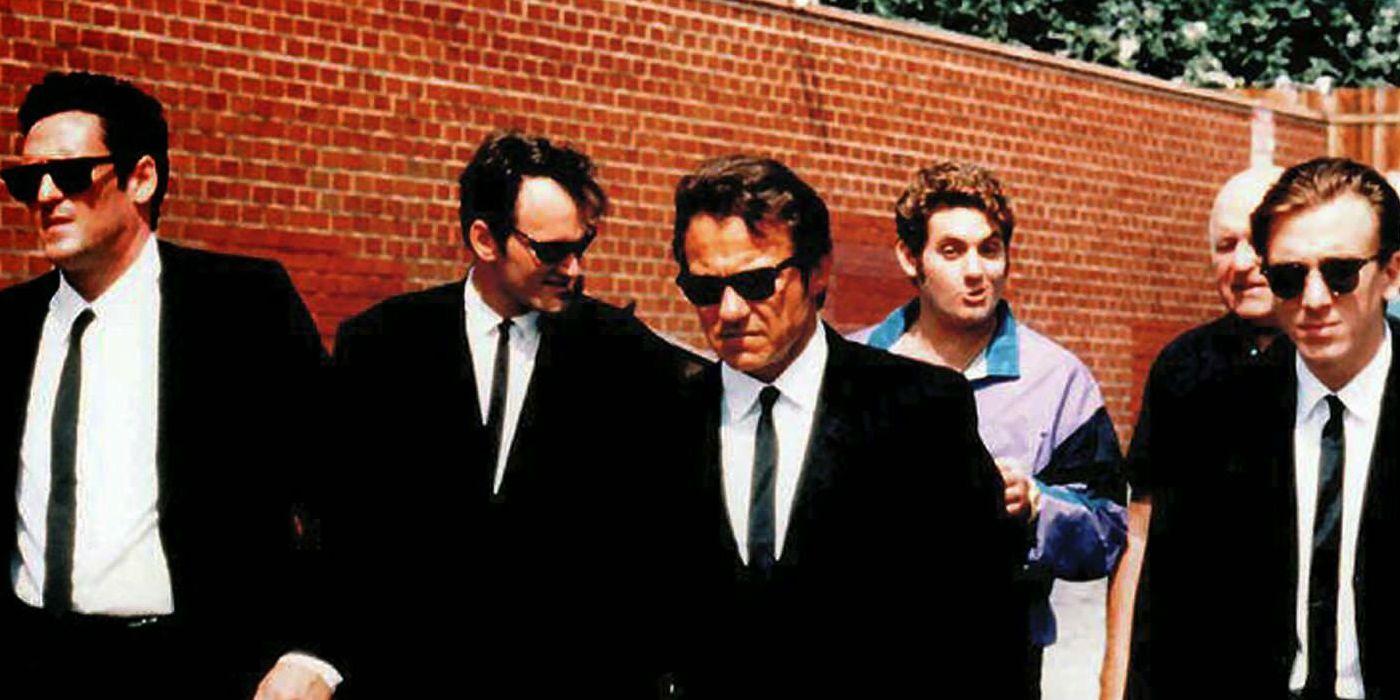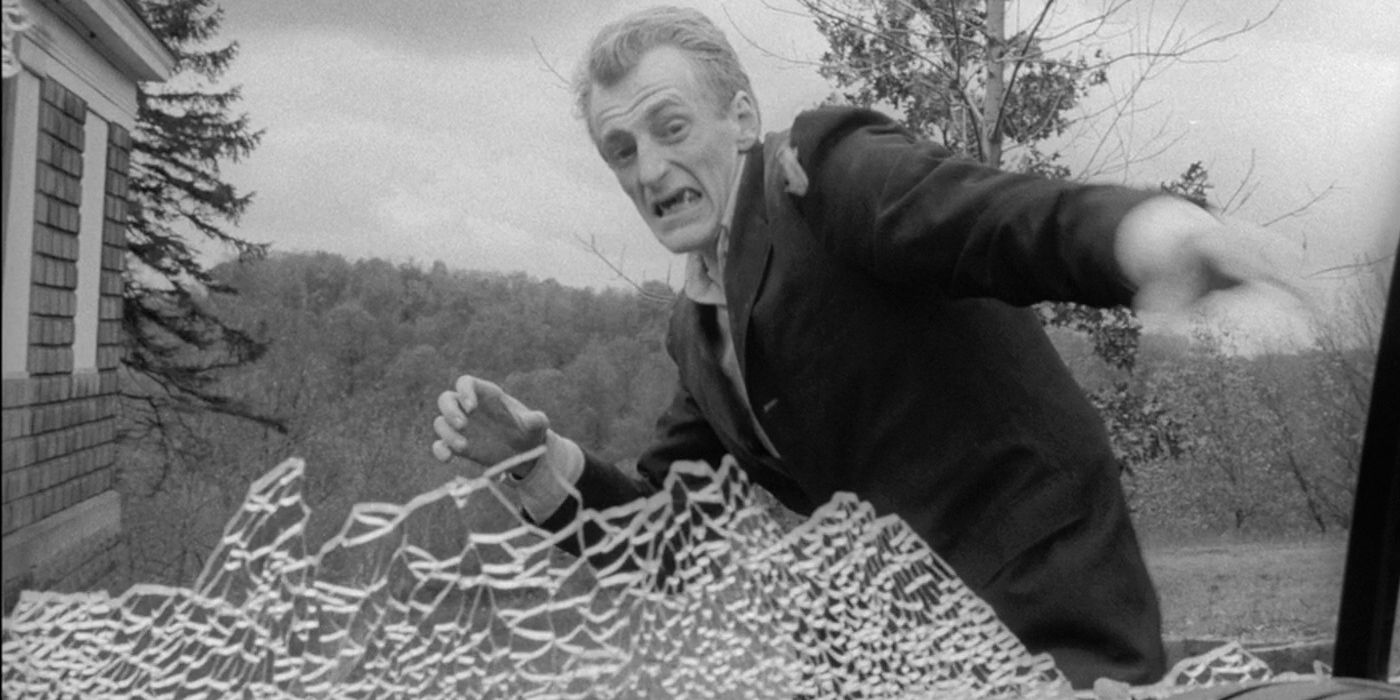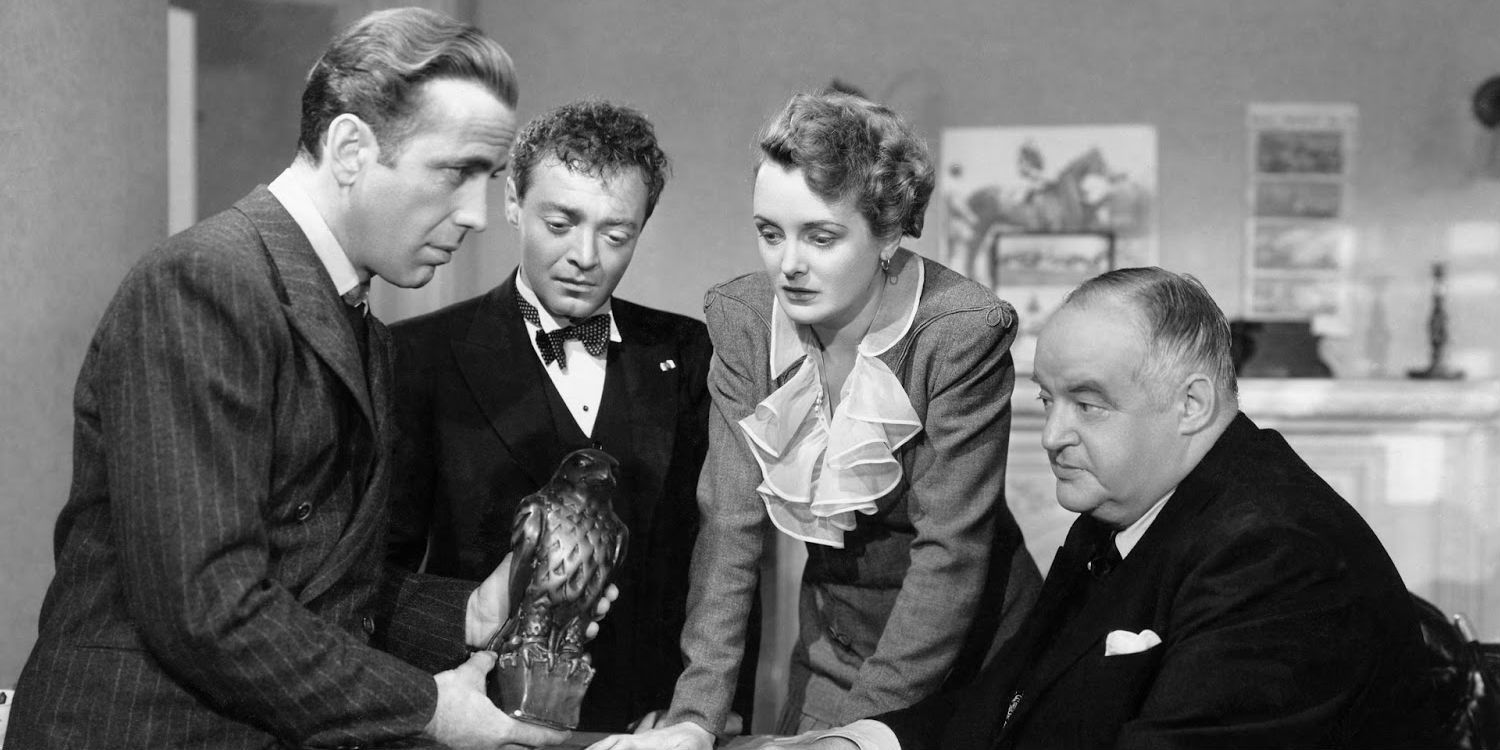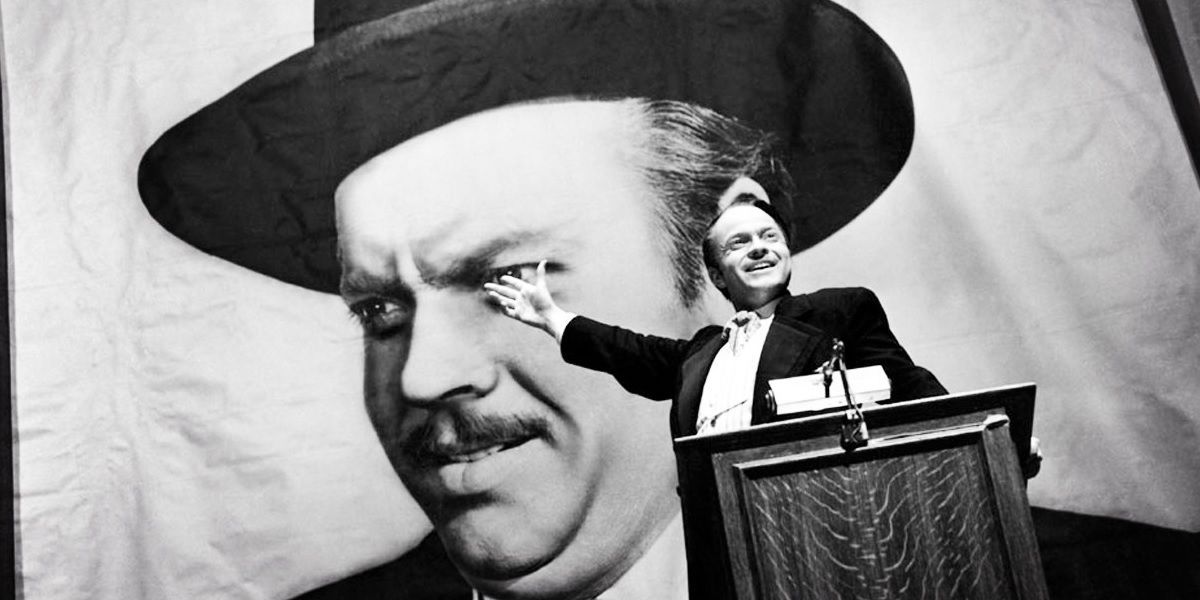What does it take to be a great movie director? Obviously you need a style all your own that still maintains a mass appeal if you want to do it more than once. An unswerving belief in yourself and the ability to draw great performances about of temperamental actors are also a plus.
Even with all that, it still takes time to fully develop your directing chops. You have to pay your dues, working your way up from fledgling indie novice to all-conquering auteur. Sometimes, a director's debut effort might give us the slightest whiff of the greatness to follow, but more often than not they will, at best, serve as lessons on what not to do.
And then there's the people on our list. The ones who hit the ground running so fast on their first attemp that they left us all wondering what the hell just happened. For some it was a springboard to even greater success, for others it was the high point in a subsequently underwhelming career. For others still it would be their last time behind the camera. These are all, in their own way, masterpieces.
Enjoy our list of the 15 Best First Movies By Great Directors.
15. The Babadook - Jennifer Kent
Based on her own 2005 short film Monster, first-time feature director Jennifer Kent manages to take the familiar trope of the malevolent children's fairytale character and inject it with a fresh and genuinely scary originality.
Deeply troubled single mother Amelia, still grieving the loss of her husband after six years, is struggling to raise her son Samuel. Plagued by hallucinations of the terrifying monster from a picture book, Samuel's behavior is starting to spiral out of control. Convinced that the monster, Mr. Babadook, is coming to kill them all, the boy's behaviour turns increasingly violent and erratic until Amelia is forced to medicate him. But, after a series of chilling glimpses of a sinister presence around her, she starts to wonder if her son was on to something.
Part psychological thriller, part all-out horror movie, first-timer Kent directs with an incredible flair and maturity. Citing inspirations as wide ranging as The Thing and Let The Right One In, as well as the influences of Roman Polanski and Georges Méliès, The Babadook has moments of real pee-in-your-pants fear. Highly praised by critics on its release, perhaps the highest accolade came from The Exorcist director William Friedkin when he said he'd, "never seen a more terrifying film."
14. Hunger - Steve McQueen
A harrowing, devastating assault on the senses, artist-turned-director Steve McQueen's debut feature film Hunger documents the hunger strike of IRA prisoner Bobby Sands in 1981. Refused political status by the British government, Sands leads a group of fellow inmates of the notorious Maze prison in Northern Ireland in a series of protests. Refusing to wash or wear prison issue uniforms, the convicts smear the walls and floors of their cells in their own feces and suffer vicious beatings by the guards.
Much of the movie passes with minimal dialogue, which makes the scene between Sands and his priest halfway through especially intense. The static 17-minute sequence, filmed in one shot, shows the priest desperately trying to appeal to Sands' sense of duty to his family and talk him out of the approaching hunger strike that will eventually take his life and the lives of nine of his comrades.
McQueen's film impressively refuses to take sides on the complex issue of the Irish Troubles, but instead becomes a deeply affecting story of sacrifice, with the rapid decline of Sands proving incredibly gruelling to watch. Star Michael Fassbender shed a total of 42 pounds in his portrayal of Sands, who eventually succumbed after 66 days.
13. Mad Max - George Miller
Non-existent budgets and first time directors lead to more classic movies than logic would suggest possible. Replacing money with hunger and experience with passion sometimes produces films with so much ingenuity and raw energy, they can create legends. Mad Max is one such example. Spawning a phenomenally successful franchise, including 2015's triumphant Fury Road, the original Mad Max was so low on funding that some of the crew were paid in beer. Going on to rake in over $100m from its $350,000 production budget, it held the title of most profitable movie of all time for nearly 20 years.
First time director George Miller brings us his nihilistic vision of a pre-apocalyptic society on the verge of collapsing into total anarchy, with savage motorcycle gangs terrorizing the few good people left. An unknown, but shortly to become stratospheric Mel Gibson plays Max Rockatansky, a world-weary and jaded police officer, doing his best in a losing battle to uphold what remains of law and order.
While it looks and feels like a movie with no budget, Miller handles the direction with a masterly touch. Amid the action and violence, he brings also a tenderness between Max and his family that lifts the movie above standard B-movie fare.
12. American Beauty - Sam Mendes
Although highly successful directing theatre productions such as Oliver and Caberet, Sam Mendes was only considered to bring writer Alan Ball's American Beauty to the screen after it had been passed on by twenty other film directors. Joining a very short list of people who won an Oscar on their first time behind the camera, Mendes beat another directing debutant that year—Spike Jonze for Being John Malkovich.
Frustrated advertising executive Lester Burnham (Kevin Spacey) is in the grip of a full-blown midlife crisis. His neurotic shrew of a wife is having an affair. His daughter is dating the weed-dealing neighbour and Lester has become infatuated by one of her beautiful but vapid friends. When his boss tries to lay him off, Lester instead blackmails the man for $60,000, buys a sports car, and takes a job flipping burgers.
There has been endless discussion about the themes and message behind American Beauty, with even its writer and director unable to agree on what it all means. Mendes himself admitted the script seemed to be about something new each time he read it. What most acknowledge is the adept handling by the first-time feature director, with Mendes making full use of his theatrical background. With very little camera movement throughout, the static and peaceful cinematography contrasts vividly with the sometimes violent onscreen action.
11. Night of the Hunter - Charles Laughton
Although it was given such a critical lashing upon its release that its director Charles Laughton vowed never to set foot behind the camera again, Night of the Hunter has since become a bona fide classic and a movie that only seems to improve with age.
Its style of stark expressionism and good versus evil morality harks back to the silent era of cinema that makes it somehow dated but still timeless—and perhaps too far ahead of its time in 1955.
The story follows Robert Mitchum in a career-best performance as a vengeful preacher, ingratiating himself into the lives of a widow and her children as he searches for the money their criminal father has hidden somewhere on their property. Eventually fleeing into the night, the children are pursued relentlessly by the evil reverend after he murders their mother.
The highly stylized quality of the film, the spell-binding portrayal of evil by Mitchum, and the assured handling by Laughton on his one and only outing as director, ranks Night of the Hunter as not only one of the best debuts, but one of the most effective and impressively crafted movies of all time.
10. The Virgin Suicides - Sofia Coppola
With the lineage of Hollywood royalty, Sofia Coppola's debut was always going to be scrutinized by critics to see how far, if at all, the apple had fallen from the tree. That she chose to adapt an almost unfilmable novel points to her being a risk-taker as confident in her own abilities as her legendary father.
Hauntingly memorable, The Virgin Suicides tells the story of a seemingly contented middle-class suburban family. It follows devoutly religious mom, hen-pecked dad, and their five beautiful daughters whose lives are torn apart following the suicide of the youngest girl, Cecilia. The remaining sisters, who've become the objects of obsession for a group of neighbourhood boys, are kept in total isolation by their now overly protective and increasingly paranoid parents. The repression of the girl's freedom eventually leads to unspeakable tragedy.
Coppola manages to mix gentle humour into the melancholy and perfectly captures the anxieties and awkwardness of her subjects-- the boys as well as the girls. She directs with the subtle delicacy that she brought to her later movies, most noticeably the Oscar-winning Lost in Translation. It's a brilliantly assured debut from a true visionary.
9. Clerks - Kevin Smith
One of the warmest depictions of Generation X's crippling angst, Clerks launched the career of a 23-year old Kevin Smith and introduced the world to slacker anti-heroes Jay and Silent Bob.
Filmed at night in the convenience store in which Smith was working and funded by ten of his maxed-out credit cards, the movie was shot on a $23,000 budget and populated with a supporting cast of family and friends, some of whom played four different customers.
Shot entirely in black and white, the story presents a day in the life of two disaffected store clerks, their various trials, and anxieties. Dialogue-heavy, with brilliantly astute observations on everything from sex to relationships to whether the destruction of the unfinished Death Star in Return of the Jedi took the lives of innocent contractors, the movie rang almost too true with twenty-somethings in the '90s.
Smith has since gone on to bring us enjoyable movies such as Chasing Amy and Dogma, but nothing has captured the raw energy of his first outing.
8. The Texas Chainsaw Massacre - Tobe Hooper
One of the most influential horror movies of all time, The Texas Chainsaw Massacre is counted alongside Psycho as being at the very pinnacle of the slasher subgenre. Ironically both movies were inspired by the same serial killer, Ed Gein.
The cultural impact of the movie has been intense and far-reaching—the isolated group in the abandoned house has since become a staple device in horror plots and Leatherface stands with Freddie Krueger and Jason Vorhees as one of the most iconic figures of horror. It's been identified as an inspiration by directors such as Ridley Scott for Alien and Sam Raimi for The Evil Dead.
Chainsaw director Tobe Hooper started his career as a documentary cameraman, with much of the cinematography in his most famous creation reflecting his early training. The shaky, predominately hand-held footage only adds to the unrelenting insanity, never giving the audience a chance to take a breath. It's a ceaseless onslaught that still has the power to shock, some 40 years after its release.
Spawning a slew of remakes and sequels, The Texas Chainsaw Massacre was a groundbreaking landmark in movie history.
7. The Evil Dead - Sam Raimi
The horror-comedy that introduced us to B-movie megastar Bruce Campbell and his chin, The Evil Dead also marked the explosive debut of one of the film world's most innovative directors in Sam Raimi.
Barely out of film school, Raimi secured funding for his first feature by producing a short film called Within The Woods to show potential investors. Only succeeding in scraping together $90,000 forced the 20-year old to get inventive, which gives The Evil Dead its singular style. Unable to afford anything in the way of conventional shooting rigs, Raimi came up with his own version of the Steadicam, called the Shaky Cam. Nothing more than a camera running at 18fps bolted to a 2x4, the Shaky Cam would be run through the woods by two operators to create the effect of the malevolent supernatural force chasing the innocent and hapless victims.
Controversial upon its release for its graphic violence and gore as well as one particular scene involving a tree, the movie went on to garner an enormous cult following. Thanks in part to a glowing review by Stephen King, its reputation was also greatly enhanced by being banned from video release in the UK, which did more for its popularity than any marketing campaign could have ever achieved.
6. The Shawshank Redemption - Frank Darabont
A self-confessed "rabid" Stephen King fan, director Frank Darabont secured the film rights to the author's short story "Rita Heyworth and the Shawshank Redemption" in 1987 for the princely sum of $1. Having already adapted another of King's novellas into the short film The Woman in the Room in 1983, Darabont became one of the affectionately titled "Dollar Babies", the group of aspiring filmmakers and students whom King would authorize to bring his work to the screen for the nominal fee.
The story of hope, integrity, and resilience in the face of insurmountable odds struck such a universal chord with movie goers that it continuously rates among the greatest films ever made. With Darabont's effortlessly assured direction of his own adapted script, along with the obvious chemistry between the two leads, Shawshank is one of the most accomplished debuts ever.
A mystifying box-office flop on its release, The Shawshank Redemption now sits comfortably alongside The Shining as one of the very best cinematic versions of King's work, and the writer's favourite to date.
5. This Is Spinal Tap - Rob Reiner
The movie that's caused more musicians to hide cringing behind the sofa than The Exorcist, This is Spinal Tap documents (mockuments, if you will) one of Britain's loudest heavy metal bands on an ill-fated US tour.
Perfectly satirizing the overblown pomposity of '80s rock groups, the film follows director Rob Reiner as he joins faded fictional rockers Spinal Tap on the road in America. They try to recapture their glory days and connect with an apathetic audience.
Presented as a real documentary, footage of bizarre and absurd stage performances are intercut with one-on-one interviews with the band members. With mostly ad-libbed dialogue that has become some of the most endlessly quoted of all time, 'The Tap' let us in on the background of the group: their misfortune with drummers, who all seem to either spontaneously combust or choke to death on vomit (not necessarily their own), their extra special amps that go all the way to 11, and guitarist Nigel Tufnel's first foray into composing a Mozart and Bach inspired ballad ("It's a Mach piece"), beautifully entitled "Lick My Love Pump."
The pretentiousness of Spinal Tap has hit too close to home for many real-life rock bands, with members of Led Zeppelin, Black Sabbath, Metallica, and Guns N' Roses all convinced the movie is based on their own lives. The ridiculousness of the portrayal has become so deeply ingrained in the business that, "You're funnier than Spinal Tap," is now the go-to insult for any band that starts to take itself too seriously.
4. Reservoir Dogs - Quentin Tarantino
It's hard to imagine now, but there was a time when we didn't know Quentin Tarantino existed. The former video store clerk erupted onto an unsuspecting world in 1992 with his debut feature Reservoir Dogs, a tale of a jewellery heist gone wrong that bristles with as much nervous energy as the director himself. Borrowing heavily (some have suggested too heavily) from Hong Kong crime films such as City on Fire, Tarantino serves up an unflinching, abrasive, and frequently hilarious movie containing many of the traits for which he would later become famous; non-linear storylines, violence, pop culture references, and obscure soundtracks.
Shot through with his trademark enthusiasm, it's directed with the skill of a veteran at the top of his game and the flamboyance of a novice given license to cut loose for the first time. It's not without its critics-- the ear-cutting scene generated the most controversy and caused a number of people to walk out of various screenings, including even, incredibly, horror pioneer Wes Craven.
Now regarded as an important milestone in the history of filmmaking, it was voted the greatest independent movie of all time by Empire magazine.
3. Night of the Living Dead - George A. Romero
The movie that defined the zombie genre, Night of the Living Dead is a masterpiece of independent cinema that still stands as one of the most shocking horror films of all time. Working with a tiny budget and unknown actors, Romero's 1968 gore-fest has gone on to become a cult classic and is recognized as the first modern horror movie, influencing such future heavyweights as John Carpenter and Sean S Cunningham.
Much criticized upon its release for its graphic portrayal of cannibalism, Night of the Living Dead goes deeper than cheap sensationalism and is rich with social commentary. Touching on themes of communism, the Civil Rights movement, and suspicion of authority, there are layers of subtext amid the blood and guts.
Following seven strangers who barricade themselves in a remote farmhouse to escape hordes of the undead, the film shows how the distrust and antagonism within the group of survivors leads to their downfall. Shot on a $114,000 budget, it went on to become the most profitable horror film ever made outside of a major studio.
The first in a prolific career for Romero and still inspiring filmmakers some 50 years after it was released, Night of the Living Dead has become the movie that won't die.
2. The Maltese Falcon - John Huston
John Huston is one of those timeless leviathans of cinema who you find it hard to imagine ever actually had a debut—as if he were somehow dropped in to the industry fully-formed, with a back catalog of all time classic movies already under his belt.
Before helming masterpieces such as The Treasure of the Sierra Madre and The African Queen, Huston's debut gave us the noir-est of film noirs in The Maltese Falcon. Adapted from Dashiell Hammett's novel and sticking close to his source material, Huston directs a twisting tale of hard-boiled private eyes, charismatic crooks, and sultry dames. It's the movie that made a genuine star of Humphrey Bogart as the impossibly cool Sam Spade, defining the role of world-weary but honourable gumshoe for all time. Along with the wonderful cringing weasel Peter Lorre ("when you're slapped, you'll take it and like it!") and Sydney Greenstreet as "The Fat Man", also serving his feature film debut, Huston's cast is the stuff dreams are made of.
Having served his time as a screenwriter, Huston's confidence in himself, his story, and his players shines through in every scene, mixing bold camera angles and subtle motifs. It's the detective movie by which all others must be judged and stands at #31 in AFI's top 100 films.
1. Citizen Kane - Orson Welles
You probably knew how this list was going to end. Routinely voted the greatest movie of all time, the dizzyingly ambitious, technical, and narrative powerhouse that is Citizen Kane was such an outrageous piece of filmmaking, that really only the arrogance of youth made it possible.
Following the incredible reaction to his War of the Worlds radio broadcast, Orson Welles was enticed to Hollywood with an unprecedented contract giving him full control over every aspect of his movies. Aged just 25 and in charge of the "biggest electric train set any boy ever had," Welles not only transformed screenwriting by crafting a story told in flashback from multiple viewpoints, but also changed cinematography forever. With no knowledge of what couldn't be done, Welles teamed with veteran cameraman Gregg Toland to produce deep-focus effects, extreme camera angles, and innovative lighting techniques that had never been seen or even attempted before.
Telling the story of the rise and fall of newspaper magnate Charles Foster Kane, the movie is an ultimately pessimistic commentary on the American Dream. With youthful audacity, Welles did precisely nothing to disguise the fact that his power-hungry and increasingly corrupt protagonist was real-life oligarch William Randolph Hearst.
That Citizen Kane failed to recoup its production budget is entirely due to the hatchet job carried out on it by Hearst's media conglomerate, slating the movie in his newspapers and terrorizing theatres into banning it.

